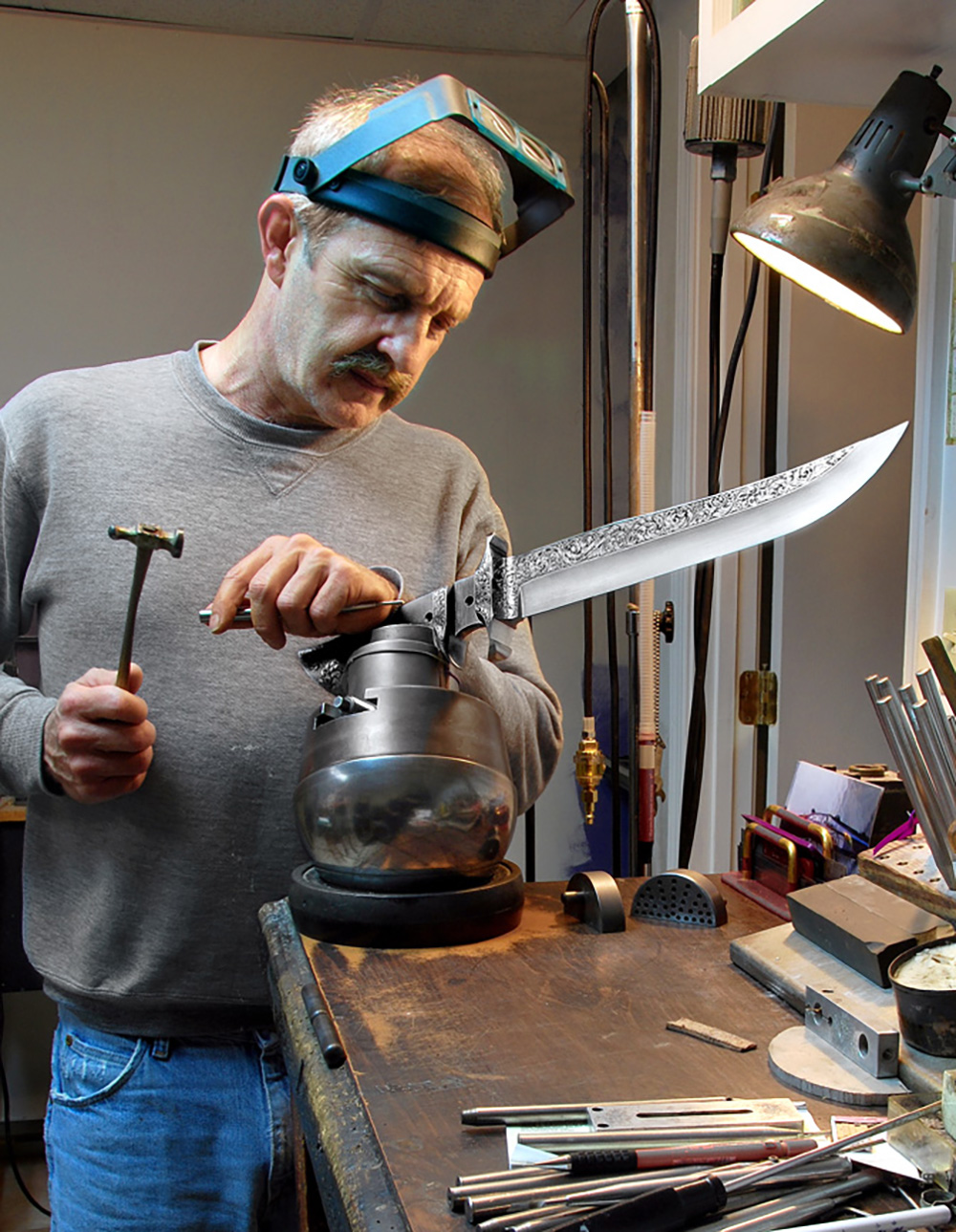When buying knives, you have to make sure you get your money’s worth. How do you check for knife steel quality? Read more about it below!
Knife Steel Quality | How to Check for It
When selecting your next knife, there’s more to consider than the length of the blade and how cool it looks. The composition of the steel used to create the blade can make all the difference in how effective and durable your knife is. And you may choose different types of steel for different tasks.
There is no perfect steel for a knife because there’s a sliding scale of properties to consider. While some knives will be durable and hard, their edges may dull quickly or they may chip easily when dropped.
Steel is a mix of carbon and iron that is enriched with other additive elements to improve certain characteristics depending on the intended use, and different types of steel can be created. There are some steels that are considered to be premium or high-end.
Depending on your needs, you may select a mid-range or budget steel. Changes in technology mean that new alloys are constantly introduced in the marketplace. Finishing work done by the manufacturer can have a huge impact on the quality of the knife.
What Are the Properties of Steel?
View this post on Instagram
You will inevitably end up balancing the factors that are most important to you when selecting your knife steel. The properties you can choose from on a sliding scale are:
- Hardness – Hardness is the same as strength. In blades, it is measured in HRC.
- Toughness – Toughness is the blade’s ability to resist cracks or chips.
- Wear Resistance – Wear resistance is the blade’s ability to withstand damage from particles passing over the surface.
- Corrosion Resistance – Exposure to humidity, moisture, and salt can corrode your blade. Blades that resist corrosion usually sacrifice some edge performance.
- Edge Retention – Retaining an edge after prolonged use.
- Ease of Sharpening – Hard steels can take hours to properly and fully sharpen; depending on the tasks at hand, you may not have that kind of time.
What a Knife Steel Is Made Of?
- Carbon/Carbides: Make steel strong, but lowers the toughness
- Chromium: Resists corrosion
- Molybdenum: Resists corrosion
- Vanadium: Increases steel strength
- Tungsten: Improves the cutting efficiency, hardness, and speed of tools
Other Factors to Consider

The makeup of the steel in your knife blade is just one factor in how effective your knife will be. Other factors that can play a large role are:
- Heat Treat: Used to bring out the best characteristics in steel. Heat treating is a skill and different manufacturers will produce a different end product from the same starting steel. It improves the strength of the edge tremendously.
- Blade Geometry: The thickness behind the edge influences cutting and slicing abilities.
- Sharpening: How you sharpen your blade will yield better cutting performance or a more durable angle.
- Cutting Task: Consider your task at hand and choose your knife steel accordingly.
In practice, you can easily get caught up in the technical debate of which steel is “best.” The reality is that most steels on the market will perform to the average person’s standards. When it’s time to purchase your next knife, consider your budget, how the knife handles, and what you will be most often using the knife for.
How about you? What are your top considerations when checking out knife steel quality? We’d love to hear from you in the comments section!
Up Next:
- My EDC Pocket Knife
- Which Survival Knife Should I Buy?
- Knife Sharpening Tools | Must-Haves For Your Blade


 (@fhed1mohammed) on Jul 30, 2020 at 7:16am PDT
(@fhed1mohammed) on Jul 30, 2020 at 7:16am PDT